COPING AND CONTEXT
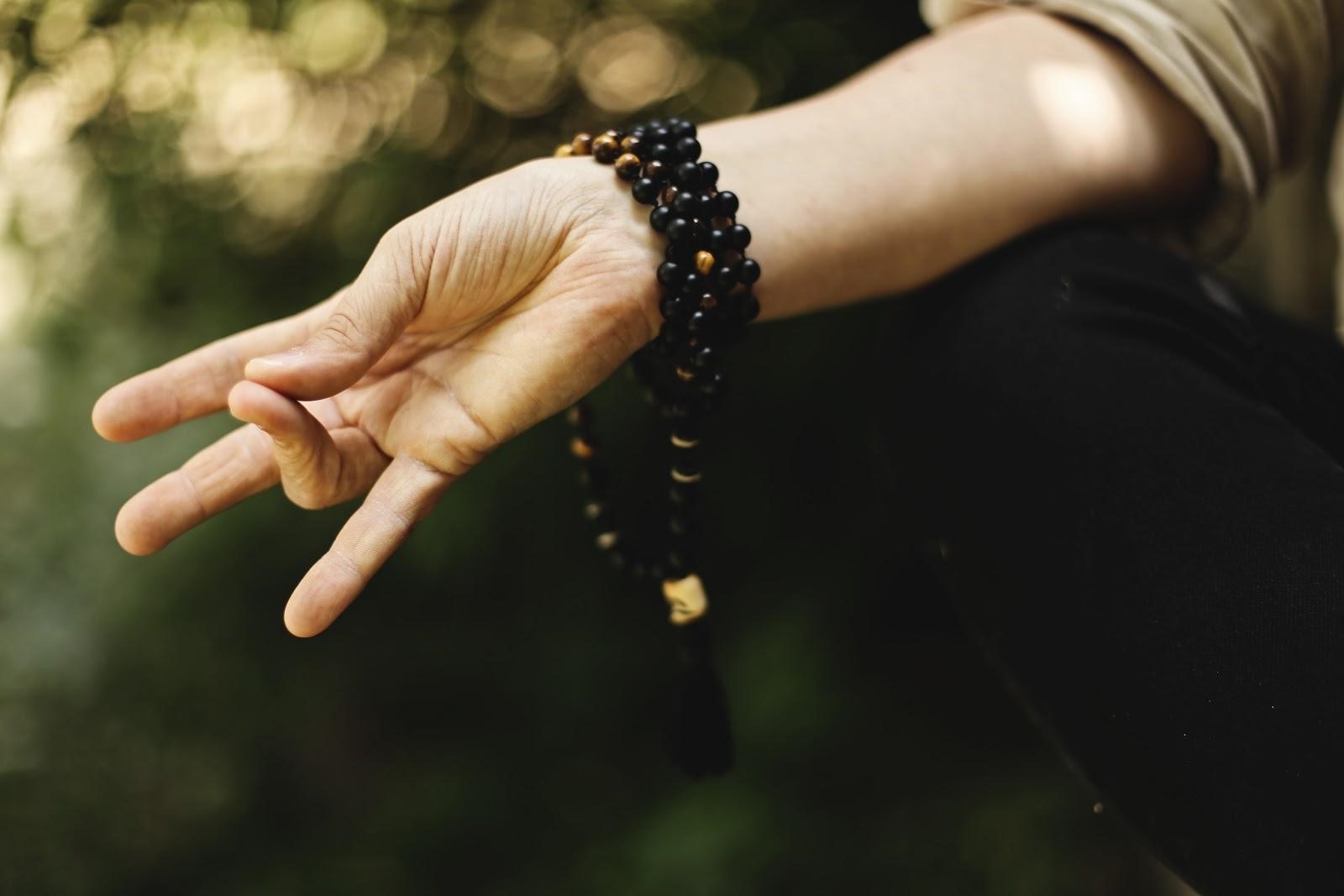
Community psychologists try to understand coping beyond individual perceptions and reactions to stress. In general, new are looking into what the characteristics of people that will elicit a given coping style are. In addition, it is important to learn more about the effectiveness of different coping styles when used across different contexts (which includes the environment and nature of the stressors). A community psychologist is interested in understanding the contextual element that produces or reduces a given stressor, so they create interventions to help people cope with their stressors. Finding the best fitting coping strategy may improve people’s experiences and outcomes when confronted with challenging/stressful life transitions.
All people are exposed to transitions, with youth being even more likely (e.g., starting elementary/middle school, finishing high school, first job, etc.), and the experience of mastery of these situations might help school-age youth successfully cope with future transitions. The following Case Study 1 highlights how community psychologists might use preventive strategies to help youth deal with these types of natural stressors that they will encounter in life.
Case Study 1
Preparing Students for High School Graduation

Leonard Jason and Betty Burrows (1983) provided youth about to graduate from high school with practice crisis experiences to work through, so that they could generate successful outcomes for stressful situations. The youth were first informed that during times of transition, heightened levels of emotions are often experienced. These elevated levels of arousal can become maladaptive if experienced over a prolonged period of time. They then had a chance to practice techniques to effectively reduce excessive arousal or anxiety such as progressive muscle relaxation, meditation, or listening to quiet music. The youth were then given anxiety-promoting transitions to imagine. They were asked to try one of these strategies to alleviate the anxiety of this crisis situation.
The seniors also had a chance to discuss how personal beliefs and self-statements can affect one’s mood. When difficult transitions are encountered, irrational beliefs or negative self-statements might arise. An example of an irrational belief is that it is a necessity for us to be loved and approved by everyone we know. The seniors were provided with situations involving transitions to role-play. Within each of these scenes, one actor adopted an irrational belief; the other attempted to show a more rational way of thinking. Following each role-play, the participants had a chance to discuss how the adoption of a rational or irrational belief might affect their ability to successfully handle transitions. Following the role-plays, all the students discussed how effective the various coping strategies might have been in resolving transitional events.
This study found that seniors about to graduate from high school can profit from being provided a preventive intervention that prepares them for dealing with transitions. Here are some of the students’ comments: “You really helped me to really think out all my problems and how to answer them. Thanks!! …. It helped me to help other people who are in difficult situations.” “I think that problem solving is the most helpful to people at my age because we face problems every day.” “I feel that I have benefited from the sessions as I have gone through a lot as my mother has been divorced twice and is married for the third time and I just moved from a small town to a large city.”
But sometimes, crises occur, and then we need to find ways to deal with those situations. Case Study 2 will provide an example of helping individuals and communities with dealing with a natural disaster, Hurricane Maria.
Case Study 2
Coping with Hurricane Maria
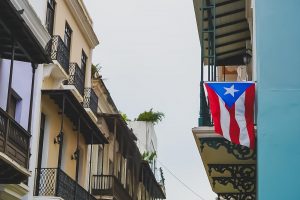
On September 20th, 2017, Hurricane Maria devastated Puerto Rico. Watching the compounding difficulties over the course of that fall, Melissa Ponce-Rodas and a team of 20 members, four faculty, one alumna, 13 students, and two other staff members with backgrounds in undergraduate and graduate psychology, community and international development, and social work decided to spend their Spring break helping with the recovery. The ultimate goal of the mission was to “Accept, Talk, Heal,” providing mental health training in churches and communities to give those affected by the disaster the tools they needed to help them through the trauma of the aftereffect of the hurricane and to help them recover beyond the physical reconstruction of their community. This intervention was about more than cleaning up debris or restoring a school, it was about empowering a community to overcome trauma.
Prior to the intervention, the team contacted local church agencies and asked about their experiences and what was truly needed. This process of inquiry resulted in another group of people with expertise in the community to be invited into the collaborative process. The local collaborators included social workers, police officers, certified nursing assistants, staff from the four schools, church groups, and others who were directly affected by the natural disaster. It is not surprising that the team was quickly accepted and trusted by the community. Ponce-Rodas believes one contributor to this is her Puerto Rican heritage that helped bridge the intervention team to the community and facilitate connections between community members and those from the mainland.
Understanding the complexity of the coping process was one of the reasons Dr. Ponce-Rodas drew on her Community Psychology experience to partner with existing agencies on the island. Because so many community members had experienced symptoms of Post-Traumatic Stress Disorder the intervention aimed at normalizing the emotional reactions affecting the individuals. The team reminded the community members participating in the intervention that the whole community was going through this and no one should feel isolated in their experience, and that it is normal to seek help from others when faced with adversity. The team emphasized this with the “Healing is a Process” slogan, highlighting the dynamic nature of this concept.
The team also agreed that a strength-based approach fits this intervention well. To help combat the loss and desperation, the community participants were encouraged to turn to the strengths the community still had. The message across the island was “Puerto Rico Se Levanta” (Puerto Rico Will Rise). Many heroic stories of selflessness and self-sacrifices emphasized resilience in the wake of such massive destruction and highlighted the power and strength in the community. The community members also often commented on their faith, which meant that the team included faith in their intervention. The team firmly believed that the best way the community could get help was by understanding the community’s background, by recognizing the dynamic process of coping, by alleviating the stigma of help-seeking, by drawing on their own strengths, and by helping themselves.
Coping and Support
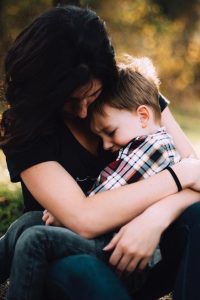
Coping can be aided by asking others for support to help overcome problems. include seeking advice or information or direct assistance. Individuals who engage in these types of help-seeking strategies are more likely to obtain social support. Seeking help from relatives may prove to be successful, which might contribute to it becoming a frequently employed coping mechanism. Barker (2007) suggests that youth’s help-seeking behaviors set up the conditions to create a rich supportive network for them, and the feeling that there is available support. Case Study 3 illustrates how one can go about studying supports using multiple points of view.
Case Study 3
Support Seeking Behavior
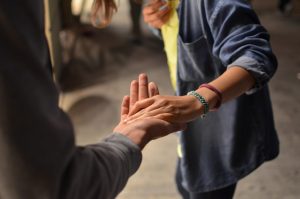
Having at least one friend in a recovery home was found to be about the best predictor among residents of recovery homes of having a good outcome, which involves not using drugs or engaging in illegal activities. To better understand what seeking support might be about, several community psychologists used focus groups to better understand natural friendship and mentoring relationships. For example, participants were asked about how they determined who they would go to in the house for support, the type of support they received from housemates, and the characteristics that those individuals have. The findings from the focus groups had a theme of promoting social support within their recovery homes, as one female participant explained:
“When I come in this door and I’ve got something to talk about, I don’t care which of these girls is here, I’m just going to talk about it. And that’s because they play a positive mentor or role model in my life. I don’t have to pick out two or three or one to say who I want to talk to.”
Instrumental supports were often related to the ability of other house members to provide tangible support for residents. As one female participant described:
“I have not been employed . . . I’ve always been concerned about if my rent’s going to get paid on time. These sisters came together and told me if you can’t get your rent paid, we know what you’re doing and we know that you want to be here and they were willing to go into their own pockets to help me pay my rent.”
Focus-group themes indicated that men were also able to form supportive relationships within the recovery home settings, but not as quickly as the females (Lawlor et al., 2014).
RESILIENCE

Individuals who experience significant and chronic stressors are often referred to as being “” of something, whether it be poor school performance, problems with alcohol or drugs, or engaging in illegal activities. However, not all individuals “at risk” of negative outcomes end up struggling with the outcomes. Some people are able to avoid negative outcomes and even thrive despite the adversity they face. Why is it that some people are successful in spite of seemingly insurmountable obstacles?
This question was at the heart of early studies of resilience. is a dynamic process characterized by positive outcomes despite adversity or stress (Luthar et al.,2015). In other words, resilience refers to how people maintain, or in some cases develop, healthy and positive outcomes in spite of stressful situations. The study of resilience stemmed from researchers who began to notice that a subset of their participants, often children facing significant adversity, did well despite their difficult circumstances. For example, Garmezy (1974) studied children of parents with schizophrenia. Among this group of at-risk children, all were expected to struggle in various aspects of life and likely develop schizophrenia. But a subset of children exhibited surprisingly positive and adaptive behavioral patterns despite their level of risk. Another large-scale study recruited all of the children born on the island of Kauai, Hawaii (Werner, 1996). The original goal of the study was to assess the long-term consequences of stressful living environments (e.g., family discord, divorce, parental alcoholism, mental illness). Most of the children living in these stressful environments struggled academically and behaviorally. However, one-third of these “high-risk” children did not develop learning or behavioral problems; in fact, many of them thrived. Studies like these helped to shift our focus from a deficits-only approach to one more able to consider both deficits and strengths.
Resilient children were thought to have been invulnerable and able to weather any storm. Traits found to characterize resilience include high creativity, effectiveness, competence, and ability to relate well to others. Now, resilience is viewed as the interaction between the person and their environment, and given the right combination of individual and environmental supports, it might be possible for anyone to be resilient. From a Community Psychology perspective, research had found that these children are positively affected by their immediate and extended family networks and religious organizations (Wright et al., 2013).
“Resilience does not come from the rare and special qualities, but from the everyday magic or ordinary, normative human resources in … children, in their families and relationships, and in their communities.” (Masten, 2001, pp. 235)
So far, we have considered resilience as an individual construct. Individuals can be resilient to adversity. However, it is also possible to apply this idea of resilience to groups of people. is the collective ability of a defined group of people to deal with change or adversity effectively (Aldrich & Meyer, 2015). When adversity, like a disaster, financial struggle, or war strikes a community, will the community as a whole be able to overcome and bounce back?
Resilient communities often have many characteristics in common. Communities that are resilient frequently have access to both resources and relationships that support resilient outcomes. An important element of community resilience includes members’ knowledge of their own community, both its weaknesses and strengths. In addition, resilient communities have strong community social networks in which people work together to achieve goals, with competent governance and leadership. Often there is also an economic investment, both before and after adversity strikes. Another important factor is individual, family, and government preparedness. And finally, resilient communities have positive attitudes and an acceptance of change (Patel et al., 2017). Both research and community work is now being done to help communities build these resources and relationships to protect against adversity.
Case Study 4
Promoting Community Resilience
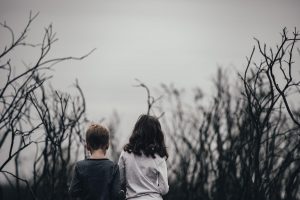
From 2000 to 2010, poverty rates in the Belmont Cragin neighborhood in Chicago doubled. Consisting of 80% Latino residents, Belmont Cragin residents have experienced soaring poverty rates associated with the gentrification of nearby neighborhoods. In addition, many residents in the neighborhood experienced significant trauma when they were younger. These adverse childhood experiences include living in extreme poverty; suffering physical, sexual, or emotional abuse; being exposed to community violence; having a parent struggling with substance abuse, or many other potentially traumatic experiences. Having adverse childhood experiences can be detrimental to emotional and physical health, and individuals who have experienced them are more likely to experience additional negative emotional or behavioral outcomes. In recognition of the increasing poverty in the neighborhood and the trauma experienced by many residents, community leaders formed the Resilient Belmont Cragin Community Collaborative. Community Psychologists Suzette Fromm Reed and Judith Kent worked with Belmont Cragin leaders to help residents cope with adverse childhood experiences by facilitating trauma-informed programming at schools using mentoring, tutoring, and counseling to help at-risk youth stay on track. They also helped train police to de-escalate the conflict. The Resilient Belmont Cragin Community Collaborative utilized existing community resources and established partnerships with resources outside of the community to ensure collective healing and growth. It brought together members of the community, from schools, health care settings, businesses, police departments, families, faith leaders, and others, to help residents address these traumatic experiences and thrive. Programs like these exemplify community resilience and help individuals, and the community as a whole, grow and heal together.
